Ammolite is a rare and stunningly beautiful organic gemstone found primarily in the Bearpaw Formation of southern Alberta, Canada. This unique gemstone is derived from the fossilized shells of ammonites, marine mollusks that thrived in ancient seas around 70 to 75 million years ago during the Late Cretaceous period. The vivid and iridescent colors of ammolite are the result of the intricate structure of the shell material, which reflects light in a way that produces a mesmerizing play of colors.
The Bearpaw Formation, a geologic formation spanning parts of Alberta, Saskatchewan, and Montana, is renowned for its rich deposits of ammonite fossils. Ammonites themselves are extinct relatives of modern cephalopods like squids and octopuses, and their spiral shells, often with intricate ribbing and patterns, have been found in various fossil beds around the world. However, the specific conditions in the Bearpaw Formation led to the unique preservation of these shells as ammolite.

Ammolite’s formation begins with the death of the ammonite. Over millions of years, the organic material in the shell underwent mineralization, where aragonite, a form of calcium carbonate, replaced the original shell material. This process, combined with the geological pressures and the unique mineral composition of the surrounding sediment, resulted in the thin, layered structure of ammolite. These layers are what cause the gemstone’s characteristic iridescence. When light hits the surface of the ammolite, it is diffracted by these layers, creating a spectrum of vibrant colors.
The color spectrum of ammolite is one of its most striking features, often displaying a range of hues from green and blue to red, orange, and even purple. The quality of the color and the variety within a single piece of ammolite can significantly affect its value. Higher quality specimens exhibit a full spectrum of colors with strong, bright hues and a high degree of iridescence. The rarity and beauty of these colors have made ammolite highly sought after both as a gemstone for jewelry and as a collectible fossil.
The commercial exploitation of ammolite began relatively recently. Although indigenous peoples in the area, including the Blackfoot, have long valued ammolite for its beauty and as a talisman, it was only in the 1960s and 1970s that ammolite began to be recognized as a valuable gemstone in the wider market. In 1981, ammolite was officially recognized as a gemstone by the World Jewellery Confederation (CIBJO), further boosting its popularity.
Mining for ammolite is a delicate and labor-intensive process. The Bearpaw Formation, where most commercial ammolite mining takes place, consists of layers of shale and sandstone. Miners must carefully excavate these layers to extract the fragile ammolite without damaging it. This process often involves the use of hand tools and small-scale equipment to ensure precision. Once extracted, the raw ammolite is typically stabilized with a resin to protect it from damage, as the thin layers can be quite brittle.
The appeal of ammolite extends beyond its visual beauty. Many people believe that ammolite possesses metaphysical properties. It is often associated with positive energy, prosperity, and good luck. In Feng Shui, ammolite is sometimes referred to as the “Seven Color Prosperity Stone,” and it is used to enhance the flow of Qi (life energy) within a space. Whether or not one subscribes to these beliefs, the allure of ammolite’s natural beauty is undeniable.
Ammolite jewelry is typically crafted in ways that highlight the stone’s iridescence. Designers often use settings that protect the delicate gemstone while allowing maximum light exposure to enhance its natural play of colors. The stone can be cut into various shapes, including cabochons and freeform designs, each piece unique due to the natural variation in color patterns and intensity.
In addition to its use in jewelry, ammolite is also prized by fossil collectors and natural history enthusiasts. Complete ammonite fossils with preserved ammolite shells are considered highly valuable and are often displayed in museums and private collections. These fossils not only serve as beautiful decorative pieces but also provide a tangible connection to the ancient marine environments of the Cretaceous period.
The ecological and historical significance of ammolite adds to its mystique. The Bearpaw Formation represents a time when much of what is now North America was covered by a vast inland sea known as the Western Interior Seaway. This seaway was home to a diverse array of marine life, including not only ammonites but also giant marine reptiles, fish, and other invertebrates. The conditions that led to the preservation of ammolite are specific to this ancient seaway, making Alberta’s deposits particularly unique.
Efforts to ensure the sustainability and ethical sourcing of ammolite are crucial given its rarity. Responsible mining practices help protect the surrounding environment and ensure that this precious resource can be enjoyed by future generations. Companies involved in the extraction and sale of ammolite are increasingly adopting measures to minimize their environmental impact and promote the long-term viability of ammolite mining.
Prehistoric 101 (Learn about fossils, minerals, and meteorites)
What is an Opal?
The Opal: A Spectacular Display Of Nature’s Beauty?



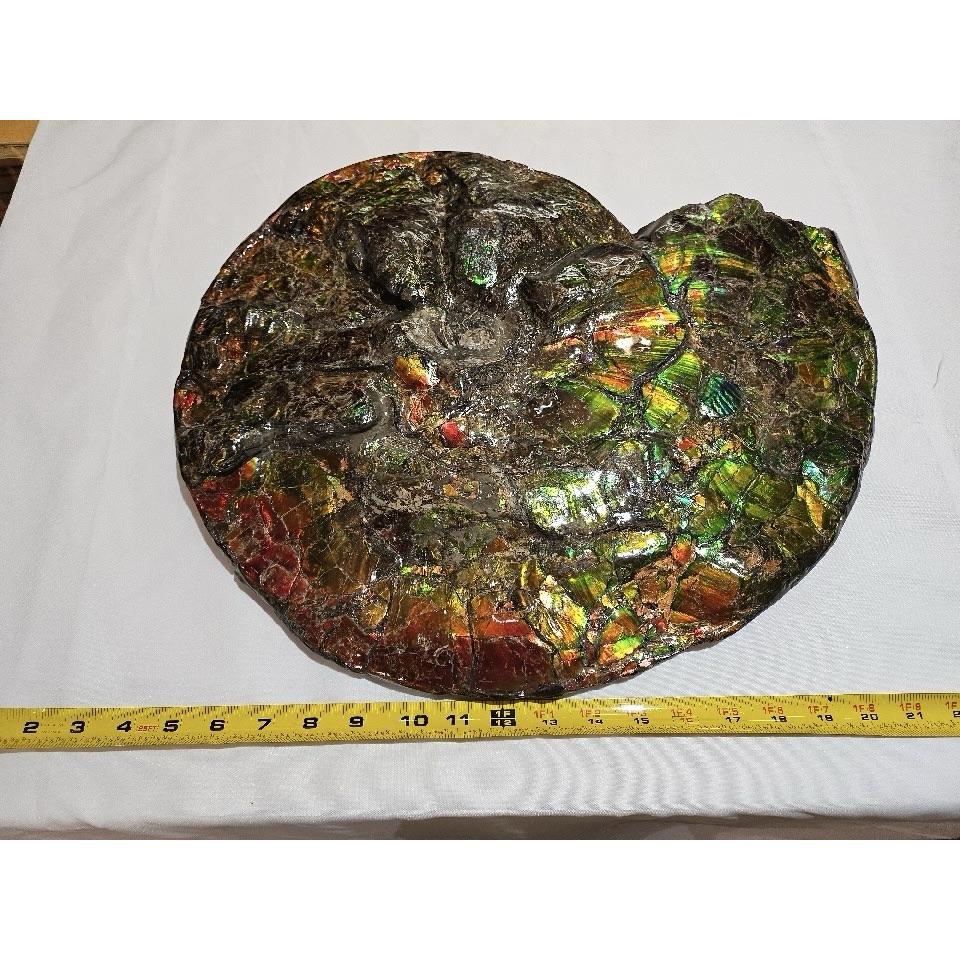





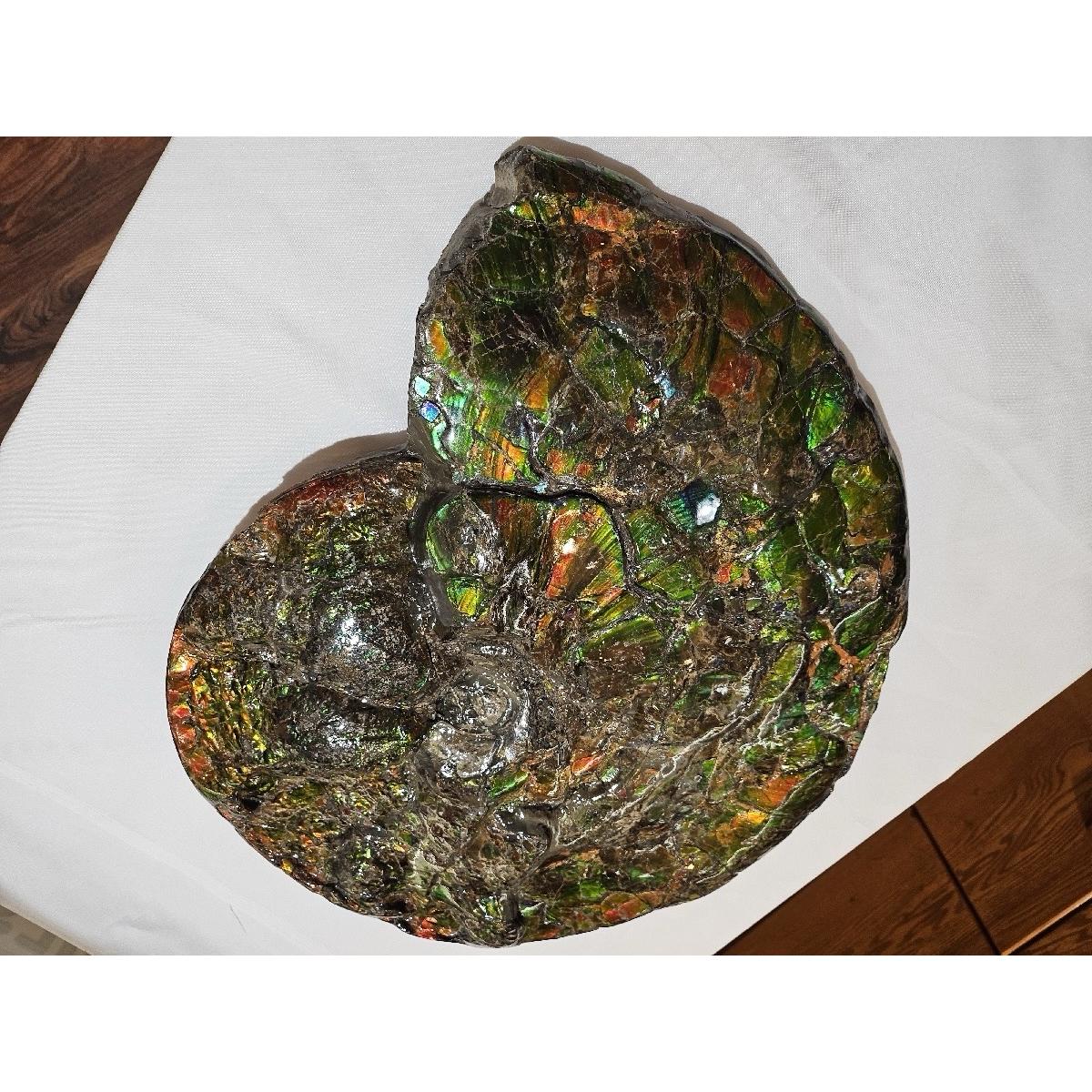
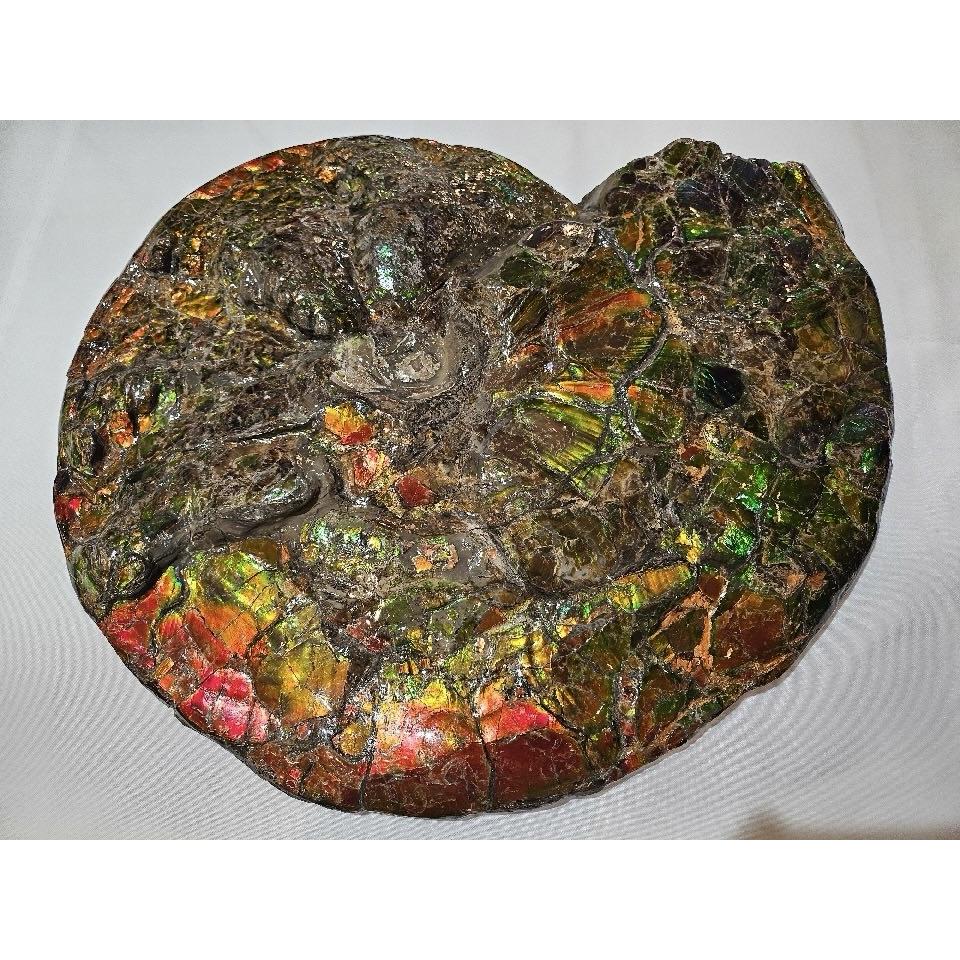






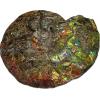
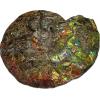
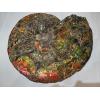











Reviews
There are no reviews yet.